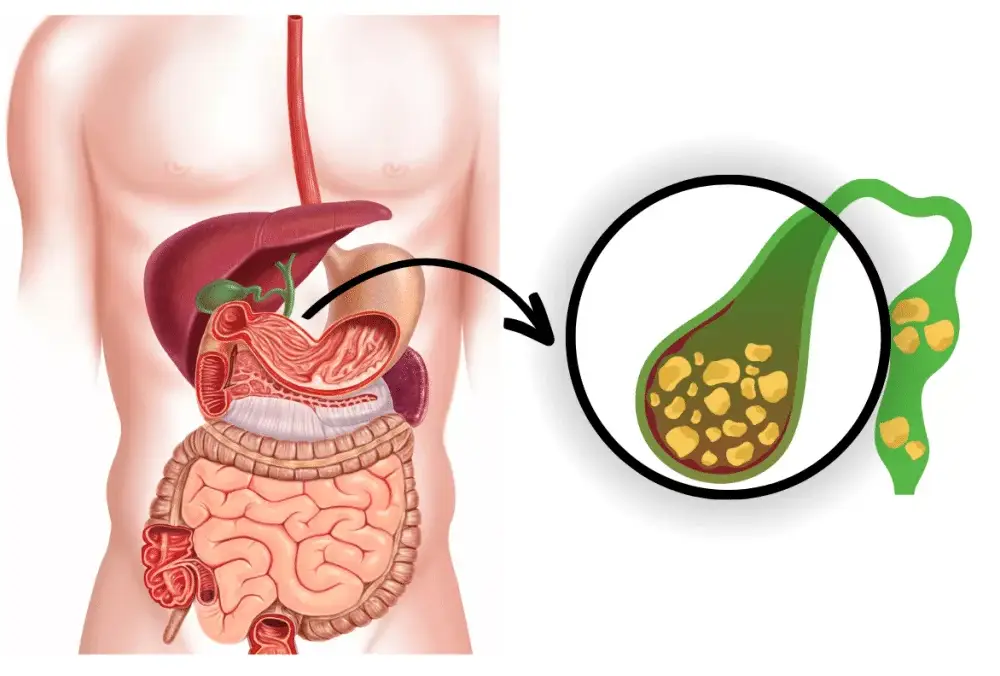Gall Bladder Treatment
Home -> Gall Bladder Treatment

- Gall Bladder Treatment
- Gastric Reflux Surgery
- Bariatric Treatment
- Irritable Bowel Syndrome
- Reflux
- Endoscopy
- Abdominoplasty
Overview
An abrupt, severe pain in the upper right abdomen that can occasionally radiate to the back or right shoulder is a common symptom of gallbladder problems. Biliary colic, as this pain is termed, usually occurs after a fatty meal. Additional symptoms encompass indigestion, bloating, nausea, vomiting, and abdominal discomfort. Fever, chills, jaundice (yellowing of the skin and eyes), dark urine, and pale feces are signs of a more serious disease and may point to an infection or bile duct obstruction. Seek immediate medical assistance if you experience any of these symptoms, particularly if you have a fever or excruciating discomfort.
What are the types of Gall Bladder ?
There are several disorders that can affect the gallbladder, each with unique traits. These are the primary categories of gallbladder problems:
Gallstones (Cholelithiasis): –
Digestive fluid deposits that solidify and accumulate in the gallbladder.
-The size and quantity of gallstones can vary, and if they obstruct bile ducts, they may hurt (biliary colic).
Cholecystitis (Inflammation of the Gallbladder):
-swelling, frequently brought on by gallstones obstructing the cystic duct.
-can be either chronic (long-term and recurrent) or acute (sudden and severe). -Severe stomach discomfort, fever, and nausea are some of the symptoms.
Choledocholithiasis (Gallstones in the Bile Duct):
-occurs when gallstones pass into the bile duct in common.
-can result in cholangitis, jaundice, and excruciating pain in the bile duct.
Gallbladder Polyps:
-innocuous, little growths on the wall of the gallbladder.
-Usually asymptomatic and unintentionally found, although larger polyps may require removal or careful observation.
Digestive fluid deposits that solidify and accumulate in the gallbladder.
-The size and quantity of gallstones can vary, and if they obstruct bile ducts, they may hurt (biliary colic).
-swelling, frequently brought on by gallstones obstructing the cystic duct.
-can be either chronic (long-term and recurrent) or acute (sudden and severe). -Severe stomach discomfort, fever, and nausea are some of the symptoms.
-occurs when gallstones pass into the bile duct in common.
-can result in cholangitis, jaundice, and excruciating pain in the bile duct.
-innocuous, little growths on the wall of the gallbladder.
-Usually asymptomatic and unintentionally found, although larger polyps may require removal or careful observation.
Symptoms
The particular ailment affecting the gallbladder may cause different symptoms, but typical ones include:
Abdominal Pain
Nausea and Vomiting
Indigestion and Bloating
Fever and Chills
Jaundice
Changes in Urine and Stool
Tenderness in the Abdomen
